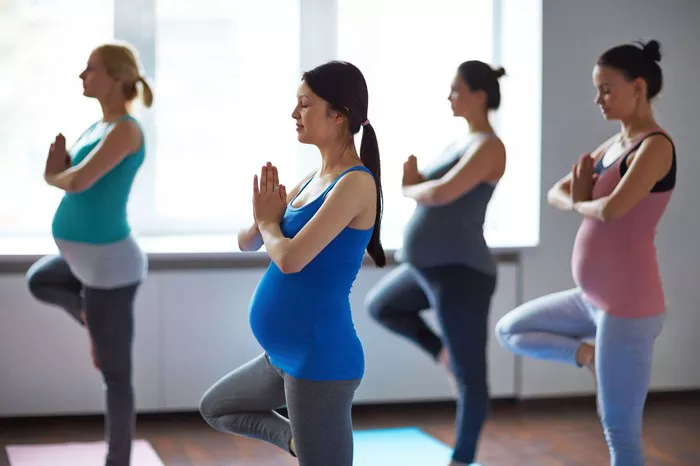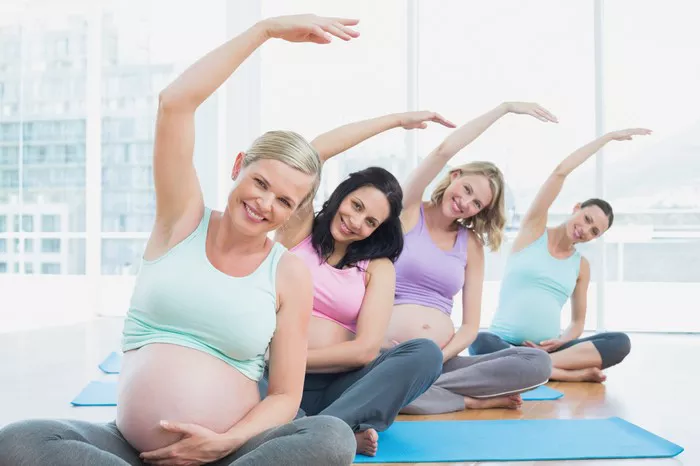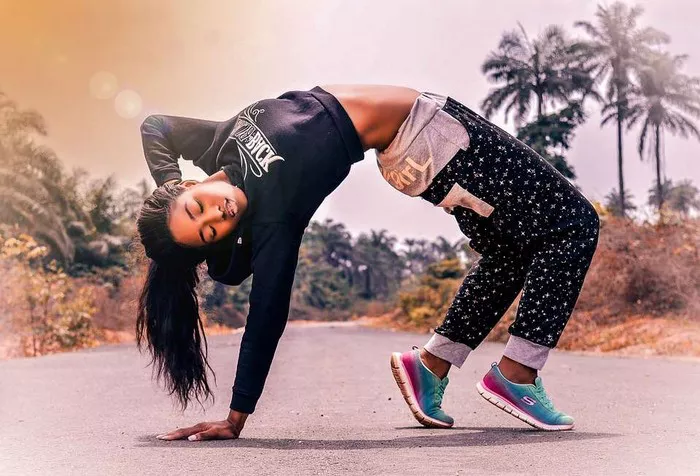Camel Pose, or Ustrasana in Sanskrit, is a deeply transformative backbend that offers a wealth of physical, mental, and emotional benefits. Whether you’re a beginner or an experienced yogi, incorporating Camel Pose into your practice can help you unlock greater flexibility, strengthen your spine, improve posture, and even enhance your mood. In this article, we will explore what Camel Pose is good for, the steps to perform it correctly, and the wide array of benefits it offers to the body and mind.
Understanding Camel Pose (Ustrasana)
Camel Pose is a kneeling backbend where you arch your spine, open your chest, and reach for your heels with your hands. It stretches the front of the body while strengthening the back, particularly the spine and core. The pose requires balance, flexibility, and focus, making it an excellent addition to your yoga practice.
How to Perform Camel Pose
Before diving into the benefits, it is important to understand how to practice Ustrasana safely. Here is a step-by-step guide to performing the Camel Pose:
Start in a kneeling position: Begin by kneeling on the mat with your knees about hip-width apart. Your thighs should be perpendicular to the floor, and your feet should be flat, with the tops of your feet pressing into the mat.
Engage the thighs: Gently squeeze the thighs toward the midline of your body. This helps protect the lower back and ensures stability as you move into the backbend.
Place your hands on your hips: With your hands resting on your hips, begin to lift your chest upwards and tilt your pelvis forward. This action should create a slight curve in your lower back.
Arch the spine: Start to bend your upper back, lifting the chest and opening the heart toward the sky. As you move deeper into the pose, you may choose to reach your hands back toward your heels.
Reach for your heels (optional): Once you feel comfortable, reach your hands one by one to grab your heels. If your hands do not reach the heels, don’t worry—simply keep your hands on your hips or rest them on the lower back for support.
Lengthen the neck: Avoid collapsing your neck backward. Instead, keep your neck long, with the crown of your head reaching toward the sky to prevent compression in the cervical spine.
Stay in the pose: Hold the pose for 20-30 seconds, breathing deeply and steadily. As you exhale, slowly release the grip on your heels, return your hands to your hips, and gently come back up to a neutral kneeling position.
Common Mistakes to Avoid
While performing Camel Pose, be aware of the following common mistakes:
Overextending the lower back: Avoid over-arching your lower back. Focus on creating an even curve throughout the spine.
Collapsing the chest: Keep the chest open and lifted. This will help prevent unnecessary strain on the spine and shoulders.
Tightening the glutes: While it’s important to engage the legs, be mindful not to overly contract the glute muscles, which could limit the full expression of the pose.
Physical Benefits of Camel Pose
Now, let’s explore the many physical benefits of Camel Pose. This powerful asana offers a full-body stretch and strengthens several areas of the body, making it a valuable addition to your yoga routine.
1. Increases Spine Flexibility and Strength
Camel Pose is an excellent way to improve spinal flexibility. The deep backbend opens up the front of the body while stretching the spine in the opposite direction. Regular practice can help counteract the effects of poor posture, sedentary lifestyles, and even conditions like scoliosis.
The pose also strengthens the muscles along the spine, providing support for better posture and reducing the risk of back pain. Strengthening the spinal muscles can make other backbends and standing poses more accessible and safer.
2. Stretches the Hip Flexors and Quadriceps
The deep arch of the back in Camel Pose also involves a stretch for the hip flexors and quadriceps. The hip flexors are an important group of muscles that tend to tighten when we sit for extended periods of time. By stretching these muscles, Camel Pose helps improve flexibility and mobility in the hips and legs, which is especially important for athletes and anyone who spends long hours sitting at a desk.
3. Opens the Chest and Shoulders
As a backbend, Camel Pose works to open up the chest, shoulders, and collarbones. This can be incredibly beneficial for individuals with rounded shoulders or poor posture from sitting at a desk or looking down at a phone for extended periods. Opening the chest also helps improve lung capacity and can make breathing feel deeper and more expansive.
4. Strengthens Core Muscles
The engagement of the core muscles is vital for stability during Camel Pose. To maintain balance while performing the backbend, your abdominal muscles must work to support your spine. This strengthens the muscles of the abdomen, which can improve posture, balance, and overall functional strength.
5. Tones the Glutes and Hamstrings
Although Camel Pose is primarily a backbend, it also activates and tones the glutes and hamstrings. Engaging the legs helps support the lower back and deepens the stretch, providing more stability and balance in the posture.
6. Improves Posture
Camel Pose counteracts the effects of poor posture by encouraging a natural curve in the spine. It helps open the chest and align the neck, which can contribute to better posture both in the pose and in daily life. Many people find that consistent practice of Camel Pose helps them stand taller, feel more confident, and alleviate tension in the upper back and neck.
Mental and Emotional Benefits of Camel Pose
While Camel Pose is known for its physical benefits, it also has profound effects on the mind and emotions. This is why many yoga practitioners consider backbends to be both physically and emotionally therapeutic.
1. Boosts Mood and Reduces Stress
Camel Pose is often associated with emotional release. Backbends, including Camel Pose, are thought to stimulate the heart chakra (Anahata), which is related to love, compassion, and emotional balance. The expansive nature of the posture—stretching the chest and opening the heart—can help release pent-up emotional tension, allowing practitioners to feel more open, free, and lighthearted.
Moreover, Camel Pose encourages deep breathing, which helps activate the parasympathetic nervous system and reduce stress. This can create a calming effect and enhance mental clarity.
2. Increases Energy and Vitality
As a powerful heart-opening pose, Camel Pose helps invigorate the body and mind. The deep stretch and expansion of the chest can help increase lung capacity and oxygen flow, which in turn provides a natural boost of energy. Many practitioners report feeling more alert and energized after performing Camel Pose, which can be a great antidote to fatigue.
3. Enhances Self-Awareness and Confidence
Because Camel Pose opens up the chest and invites a sense of vulnerability, it can encourage practitioners to confront and release emotional blockages. This practice can lead to greater self-awareness and a deeper understanding of one’s emotional landscape.
Additionally, achieving Camel Pose, especially if it’s a challenging pose for you, can foster a sense of accomplishment and confidence. Learning to move into a backbend with ease can provide a powerful metaphor for overcoming obstacles in life, boosting mental resilience.
4. Cultivates Compassion and Openness
Emotionally, Camel Pose promotes feelings of compassion and openness. The expansive nature of the pose invites you to release both physical and emotional tension, allowing you to be more present and connected to yourself and others. Practitioners often feel more emotionally balanced and compassionate after performing this pose.
Camel Pose Variations
If Camel Pose is too challenging in its full expression, there are several modifications you can try to gradually work toward the full pose.
1. Modified Camel Pose
Instead of reaching for your heels, place your hands on your lower back or keep them on your hips for support. This allows you to still experience the benefits of the backbend without the deep stretch to the quadriceps and hip flexors. You can also place a block or cushion under your knees for extra support.
2. Supported Camel Pose
For those with limited flexibility, placing a block or cushion between your thighs and pelvis can provide extra support. You can also try placing a block under the heels if you are unable to reach them. This variation allows you to maintain the integrity of the pose while reducing the risk of injury.
Conclusion
Camel Pose is a powerful and multifaceted asana that provides numerous physical, mental, and emotional benefits. From increasing spinal flexibility and strengthening the core to improving posture and releasing emotional tension, Ustrasana offers a full-body experience that nurtures both body and mind. With consistent practice, Camel Pose can become a transformative tool in your yoga practice, helping you achieve greater flexibility, strength, and emotional balance.
Whether you are a beginner or an experienced yogi, Camel Pose is a pose worth exploring. By approaching it with patience and mindfulness, you can unlock its many benefits and deepen your practice. Always remember to listen to your body and modify the pose as needed to ensure safety and comfort. Happy practicing!
Related Topics:

























